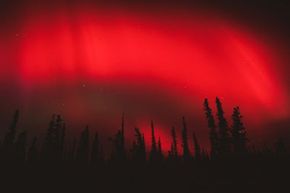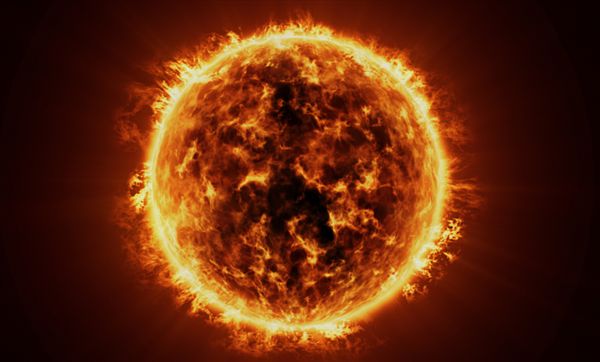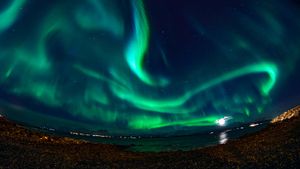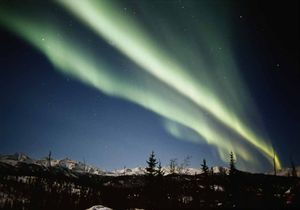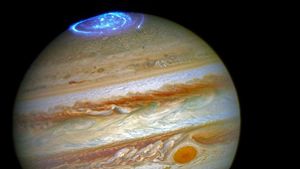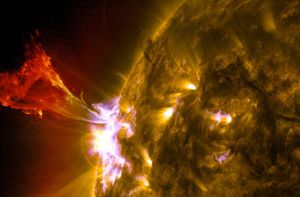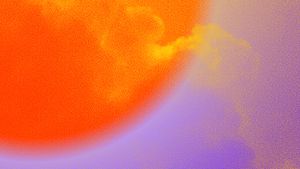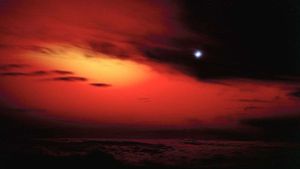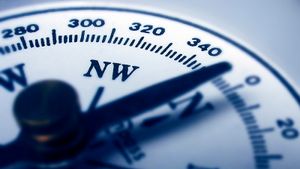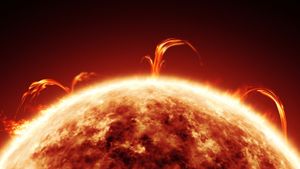Three key factors influence the stunning light show we see from Earth's surface: solar wind, Earth's magnetic field and atomic-level collisions.
Solar Wind
At the heart of the northern lights is the solar wind. This stream of charged particles, primarily electrons and protons, hurtles away from the sun at speeds of about 1 million miles per hour. Think of it as a cosmic painter, using the Earth's atmosphere as its canvas.
Earth's Magnetic Field
When these charged particles from the solar wind reach our planet, they're drawn towards the Earth's magnetic poles, thanks to the earth's magnetic field. This field acts like a protective shield, guiding these particles through the magnetosphere, a region teeming with electric and magnetic forces.
Collisions
As these electrons journey into the earth's upper atmosphere, they collide with atoms of oxygen and nitrogen. This is where the magic happens — depending on which atom they hit and at what altitude, different colors emerge:
- Green: oxygen, up to 150 miles in altitude
- Red: oxygen, above 150 miles in altitude
- Blue: nitrogen, up to 60 miles in altitude
- Purple/violet: nitrogen, above 60 miles in altitude
